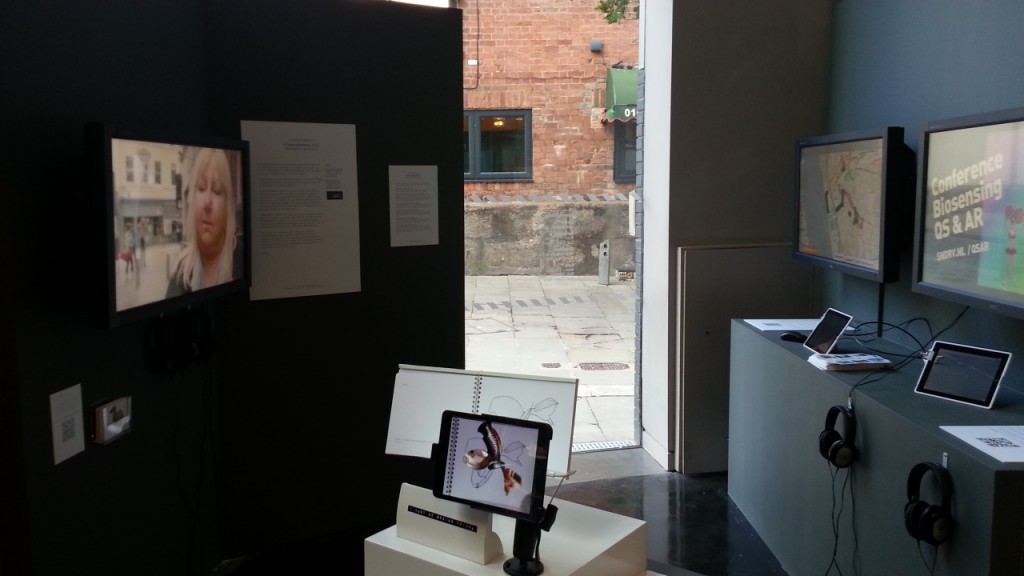I’ve written a couple of posts about the Emotiv EPOC over the years of doing the blog, from user interface issues in this post and the uncertainties surrounding the device for customers and researchers here.
The good news is that research is starting to emerge where the EPOC has been systematically compared to other devices and perhaps some uncertainties can be resolved. The first study comes from the journal Ergonomics from Ekandem et al and was published in 2012. You can read an abstract here (apologies to those without a university account who can’t get behind the paywall). These authors performed an ergonomic evaluation of both the EPOC and the NeuroSky MindWave. Data was obtained from 11 participants, each of whom wore either a Neurosky or an EPOC for 15min on different days. They concluded that there was no clear ‘winner’ from the comparison. The EPOC has 14 sites compared to the single site used by the MindWave hence it took longer to set up and required more cleaning afterwards (and more consumables). No big surprises there. It follows that signal acquisition was easier with the MindWave but the authors report that once the EPOC was connected and calibrated, signal quality was more consistent than the MindWave despite sensor placement for the former being obstructed by hair.


